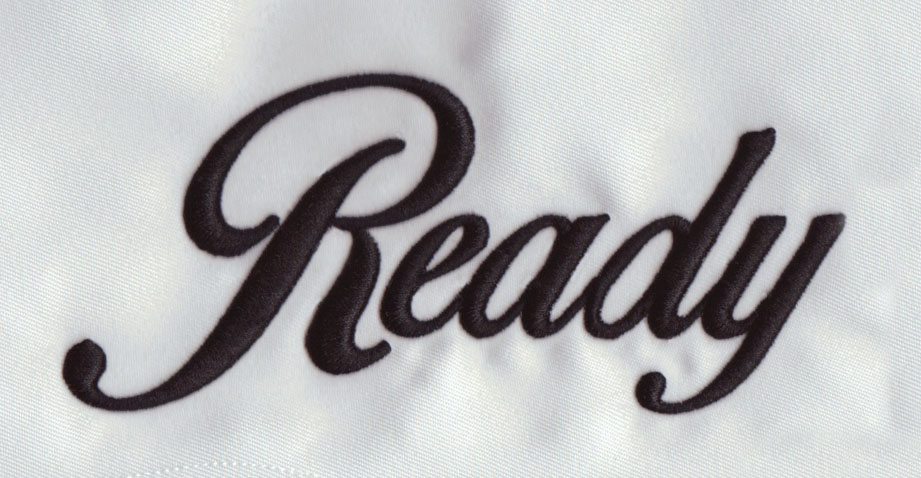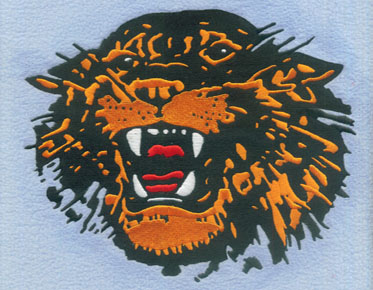Gain Quick and Perfect Designs With Embroidery Digitizing
For centuries, intricate patterns have been added to garments and materials using embroidery as an art form. However, traditional embroidery takes a long time and requires a lot of skill. Here comes embroidery digitization, a cutting-edge method that has completely changed how embroidery designs are developed and produced. We'll discuss embroidery digitizing in this blog, including what it is, how it works, and why it's revolutionary for people looking for swift and accurate embroidered patterns.
Understanding Embroidery Digitizing
Embroidery digitizing is the process of converting artwork, logos, or other visual designs into a digital format that embroidery machines can understand and execute. This digital format consists of stitches and thread colors, all meticulously mapped out to replicate the original design accurately.
Here's how the embroidery digitizing process generally works:
1. Digitizing Software: Skilled digitizers use specialized software to input the design. Popular software includes Wilcom, Tajima DG/ML, and Pulse, among others.
2. Import Artwork: The original design, whether it's a logo, artwork, or text, is imported into the digitizing software.
3. Stitch Types: The digitizer selects stitch types and patterns that best replicate the design's details, texture, and overall look. Different types of stitches, such as satin, fill, or running stitches, are used to achieve different effects.
4. Assigning Colors: The digitizer assigns thread colors to each part of the design. This step ensures that the final embroidered piece closely matches the original design's colors.
5. Setting Parameters: Fine-tuning parameters such as stitch density and length is crucial for achieving the desired embroidery quality.
6. Generating the Embroidery File: After the digitizer has meticulously crafted the design in the software, the program generates a digitized embroidery file. This file contains instructions that tell the embroidery machine how to create the design.
7. Embroidery Machine: The digitized file is transferred to an embroidery machine. The machine reads the file and uses it to guide the precise movements of the needle and the application of thread to create the embroidered design.
Advantages of Embroidery Digitizing
Now that we have a clear understanding of what embroidery digitizing is and how it works, let's explore why it's such a game-changer:
1. Speed: Traditional hand embroidery can take hours or even days to complete a single design. With digitized embroidery, the process is significantly faster, making it ideal for large production runs.
2. Precision: Digitizing allows for unmatched precision. The digital instructions ensure that each stitch is placed exactly where it should be, resulting in consistent and high-quality embroidery.
3. Complexity: Elaborate and intricate designs that would be impractical or impossible to create by hand can be easily achieved through digitizing. This opens up a world of creative possibilities.
4. Customization: Digitizing allows for easy customization. Designs can be scaled, resized, or modified to suit different fabrics, garment sizes, or customer preferences.
5. Cost-Effective: While there is an initial cost associated with digitizing a design, once it's done, reproducing the design on multiple items becomes highly cost-effective, especially for bulk orders.
6. Consistency: With digitizing, you can ensure that every embroidered item looks identical, maintaining brand consistency and professionalism.
Conclusion
Embroidery digitizing is a remarkable technological advancement that has transformed the world of embroidery. It offers speed, precision, complexity, customization, cost-effectiveness, and consistency that traditional embroidery simply cannot match. Whether you're a business looking to brand your apparel, an individual seeking personalized gifts, or a designer aiming to create intricate textile art, embroidery digitizing is your key to quick and perfect designs. So, embrace this modern approach to embroidery, and watch your creative visions come to life with ease and precision.


